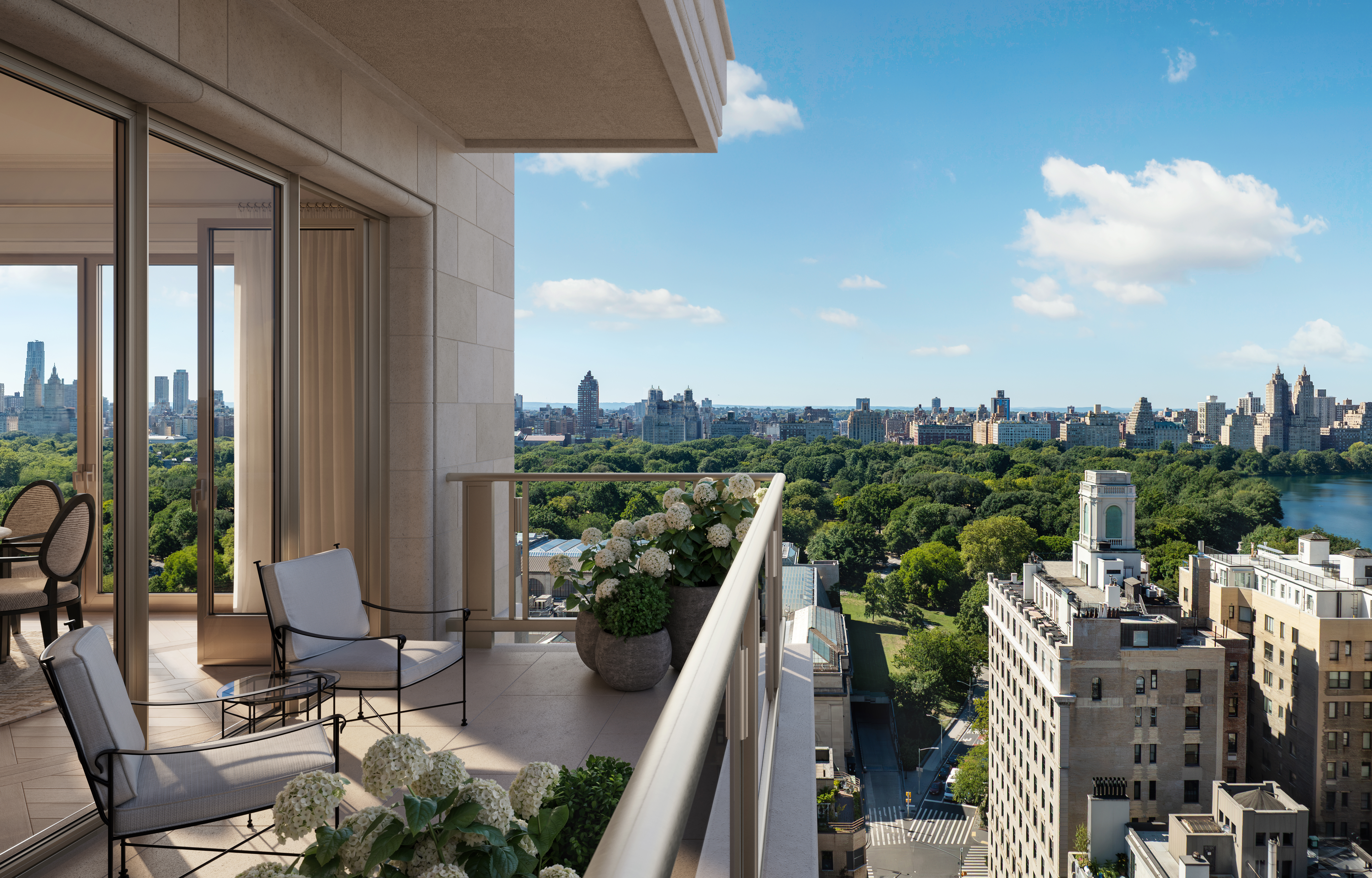LED upgrade analytics: Every building in New York City will literally have to upgrade to LED - by George Crawford

Green Partners
One way or another, every last building in NYC will literally have to upgrade to LED. To be more precise, every last building is specifically defined as any building larger than 25,000 s/f; and again to be even more specific, every last building is then divided into commercial and residential classifications.
Residential buildings must upgrade only their common areas, such as lobbies, hallways and stairs as well as service areas, but not their living areas – so apartments are excluded. On the other hand, commercial buildings are required to upgrade all of their interior lighting, which includes both common areas as well as their office lighting. Hotels and assisted living facilities are classified as commercial, so hotel guest rooms and the living areas in nursing homes, hospitals and assisted living facilities are also required to upgrade to LED. This upgrade requirement can be a large undertaking for any building, both in terms of expense and execution. There is, however, a substantial upside to these LED retrofits, regardless of the work involved and the related expenses.
Every LED upgrade will result in lower levels of electric consumption. These lower levels of electric consumption result in lower levels of expense. Here are some illustrative examples of the magnitude of the savings from quality LED products:
A 60 Watt incandescent bulb – common to every household - can be replaced with a LED 9 Watt lamp - a savings of 85% in electrical consumption. For example, take a 40 Watt incandescent candelabra lamp. The LED replacement for this 40 Watt lamp is a 5 Watt LED candle – a savings of 88%. In terms of fluorescent products, a 4 ft. T8 fluorescent tube consumes 32 Watts. The LED replacement for this 32 Watt tube is a 12 Watt LED tube – a 63% savings.
Converting these savings into actual dollars may well be the motivation for many buildings that have yet to comply with LL 88, thus to start moving toward their own retrofit. Take the single 60 Watt incandescent bulb - common to every household – referenced above. This single 60 Watt lamp costs $126 a year to operate, in terms of its electrical consumption. The LED replacement for this 60 Watt lamp - with the same quality of light - will cost $18 per year to operate. Calculations are based on using a quality LED replacement for the 60 Watt lamp with a five-year warranty. In this example the five-year savings would total $540 by upgrading to one 9 Watt LED lamp. These savings do not include the costs involved with replacing the 60 Watt incandescent lamp multiple times over the five years, because of its short useful life.
Another good example is the 40 Watt incandescent candle lamps used for chandeliers and sconces. Each 40 Watt lamp costs $84 a year to operate. The LED replacement for this 40 Watt lamp is a 5 Watt LED candle which costs $10.56 a year to operate. The savings here would be $367.20 per year. If you take a lobby chandelier that might have ten candle lamps, the potential savings for one chandelier over five years would be $3,672.
So with these representative examples, you can see the significant savings potential, which ranges from 63% up to 88%. This substantial savings potential will result in a dramatic drop in electric consumption for lighting in literally every building or facility while bringing them into LL 88 compliance.
Now the other very important requirement needed to make this savings equation work, is the length of the useful life of each LED product utilized. In the example above, the LED product has a five-year warranty. All quality LED products are available with warranties of five years or more. In terms of the LED warranties, it is important to source product only from high end LED manufacturers, such as Universal or Phillips. These are companies that are known to stand behind their warranties. Certainly there are LED products of lesser quality that are available at lower prices. However, there is a good reason for these lower prices and that is the lower quality levels with shorter useful lives. LED products with short useful lives will always result in lower levels of savings. The additional price paid for a quality LED product, backed by a warranty of five years or more, is far more cost effective than a lesser quality product with an uncertain useful life.
So the bottom line is – do not be fast talked into anything other than top quality LED product.
Now circling back to the upside of LED retrofits, you have an opportunity to:
• Comply with LL 88.
• Save on electric costs,.
• Upgrade lighting aesthetics to enhance your facility.
• Reduce maintenance time because of long life lighting products.
George Crawford is the principal of Green Partners, New York, N.Y.
Legion Investment and Nahla Capital celebrate topping off of 1122 Madison Ave.


The CRE content gap: Why owners and brokers need better digital narratives in 2026 - by Kimberly Zar Bloorian







.gif)


.jpg)
.gif)